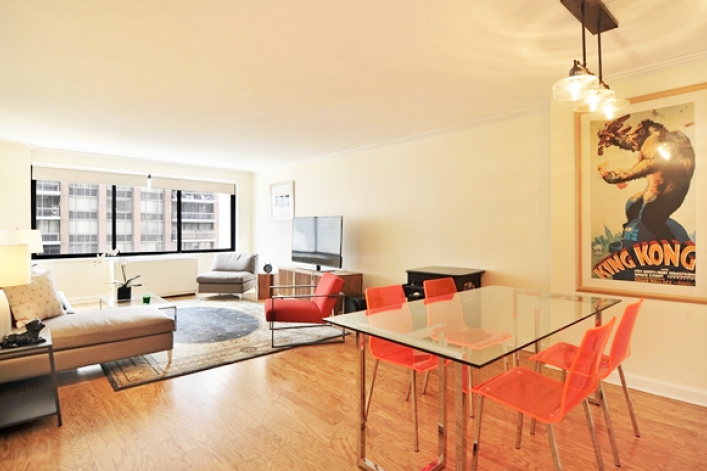How much extra will it cost to live in an elevator building?

Every buyer hopes his or her apartment will be a wise investment. In this week's Buy Curious, Douglas Elliman broker Jacky Teplitzky tackles the question of how much an elevator adds to the price--when you buy and eventually sell.
THE WISH LIST:
I'm planning to buy my first apartment, and I want to invest in a one-bedroom that will keep its value. Personally, I don't mind living in a walk-up, but is it smarter to buy in an elevator building? How much more will I pay? And when it comes time to sell, will the lack of an elevator limit the buyers who'd be interested?
THE REALITY:
If you're looking at your apartment as a long-term investment, you're right to assume a building with an elevator is your best bet. In Manhattan, a lack of an elevator will definitely shrink your pool of interested buyers, whether they have trouble with stairs, are parents toting around strollers, or even travel a lot and will be lugging around suitcases. That said, an elevator's value depends quite a bit on both the neighborhood and the building itself, and there are a few key details you'll want to keep in mind while you look.
- One-bedroom, one-bath co-op, $695,000: At 300 East 59th Street (between First and Second), this building includes an elevator and a doorman, as well as in-building laundry, garage parking, and access to a roof deck.
- One-bedroom, one-bath condo, $438,000: In this Battery Park City building at 300 Albany Street (between South End and the water), amenities include an elevator, doorman, parking, laundry, and shared courtyard space.
- One-bedroom, one-bath co-op, $650,000: This apartment is in a building with an elevator but no doorman at 254 East 7th Street (between C and D). Other features include a newly renovated kitchen, bike storage, and a shared garden.
- One-bedroom, one-bath, $350,000: As a fifth-floor walk-up on 509 East 88th Street (between York and East End), this Yorkville one-bedroom is cheaper than comparable elevator buildings, and comes with bike storage, in-building laundry, and roof deck access.
- One-bedroom, one-bath, $875,000: At 225 West 10th Street (between Hudson and Bleecker), this second-floor walk-up apartment comes with quite a bit of storage and a brand new kitchen as well as access to bike storage and a roof deck.
- One-bedroom, one-bath, $450,000: There's no elevator or doorman, but this LES fifth floor walk-up includes exposed brick, crown moldings, a recent renovation, and a central location at 172 Delancey Street (between Clinton and Attorney).


























